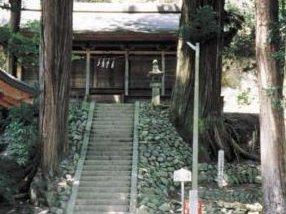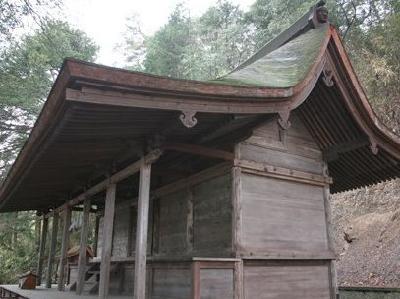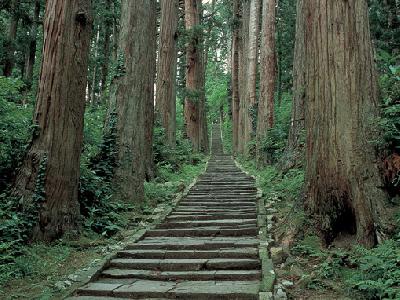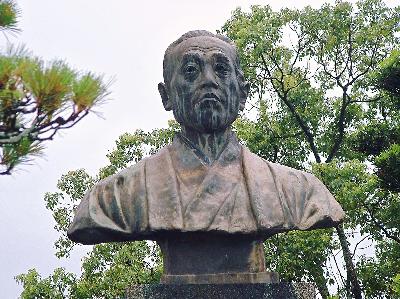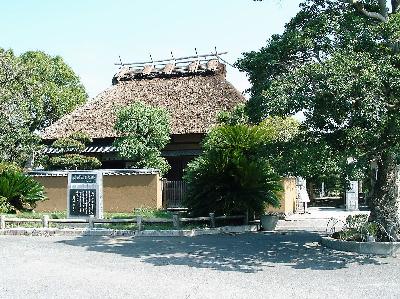The Fukuzawa Residence, in Rusuimachi, Nakatsu, Oita Prefecture, is where Yukichi Fukuzawa spent his childhood and youth. It is designated a National Monument.
Yukichi was born in the Nakatsu-Hanzo Residence in Doujima, Osaka Prefecture, in the 5th year of the Tenpo era (1835). After his father's death, Yukichi returned to his hometown when he was a year and 6 months old, living in this house until he was 19.
The storehouse in the backyard was remodeled by Yukichi for the sole purpose of studying, while the main house was where he slept and ate. The Museum built next to the house has many exhibits from this period on display.
After reaching 19, Yukichi traveled to Nagasaki to take Dutch studies, but soon became keenly aware of the importance of English. He studied English by himself and boarded the "Kanrin-maru" ship in order to sail to the United States. Later, Yukichi wrote the famous book "Gakumon-no-susume", which sold more than 3.4 million copies, and he became the founder of Keio University.
The Fukuzawa Residence is an historic household that preseres the youthful origins of Yukichi Fukuzawa, the pioneer of democracy in Japan.


